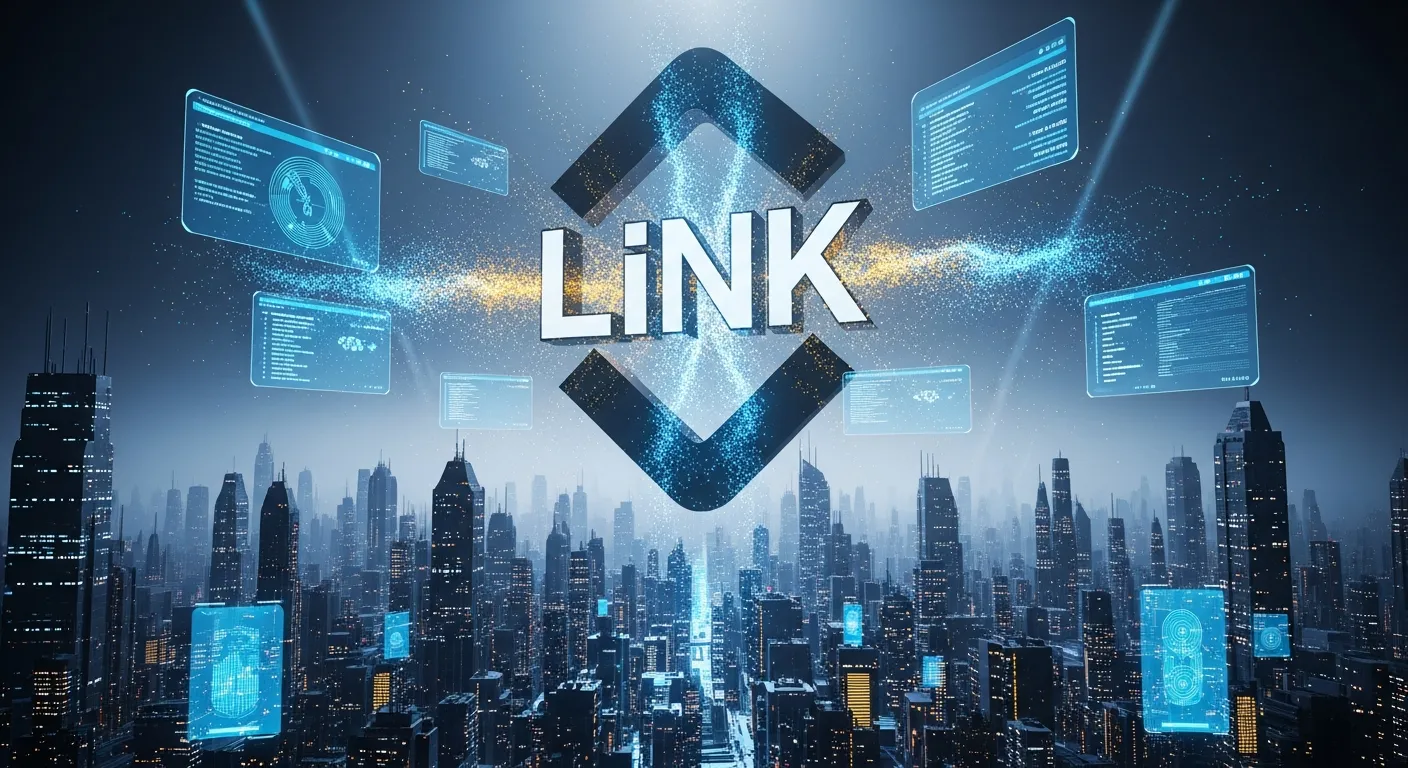In the vibrant blockchain ecosystem, Chainlink stands as a crucial infrastructure layer, performing the essential function of connecting real-world data to smart contracts. This decentralized oracle network is not merely a conduit for information, but a foundational element driving the evolution and adoption of the next generation of decentralized finance (DeFi) and the emerging concept of Real-World Asset (RWA) tokenization. Long-term investors and developers are increasingly focused on Chainlink's ability to become a standardized infrastructure layer for the global digital economy. The project is continually innovating to ensure that smart contracts can securely and reliably interact with the external world, which is vital for advanced applications in areas like insurance, supply chain management, and traditional financial instruments.
Foundational Principles and Network Sustainability
The core of Chainlink's value proposition lies in its decentralized oracle network. By utilizing multiple independent nodes to verify and deliver data to blockchains, the network significantly mitigates the risk of data manipulation or a single point of failure. This decentralized approach elevates trustworthiness and security to the highest level, essential for maintaining the integrity of critical applications such as collateralization in DeFi. Furthermore, network sustainability initiatives have been introduced to bolster the long-term health of the ecosystem. These efforts include the establishment of internal financial reserves designed to ensure the network's capacity to fund future development, incentivize nodes to maintain high-quality, high-performance service, and support critical research and innovation. This financial backing, derived from off-chain revenues and activities through collaborations with major enterprises, provides a vital layer of economic stability and solidifies the position of the LINK token as a strategic asset within the broader blockchain ecosystem. Such measures demonstrate a strong, forward-thinking governance approach focused on enduring viability and growth in a highly competitive market.
Institutional Adoption and Ecosystem Development
Chainlink's adoption is rapidly extending beyond the native crypto space, increasingly penetrating institutional sectors and large enterprises. Strategic collaborations with technology giants and the involvement of prominent advisors from traditional industries serve as a powerful validation of Chainlink's potential to serve the needs of mainstream businesses. These partnerships not only add credibility but also pave the way for the integration of oracle technology into existing financial and operational infrastructures. Moreover, the introduction of the Staking mechanism marked a significant evolutionary step. This feature provides an economic incentive for node operators to guarantee honest and secure network performance while allowing token holders to earn yield in exchange for helping to secure the network. This dual mechanism enhances network security through economic guarantees and deepens community participation in the network’s governance and operations. The sustained market interest in LINK, visible through robust trading activity, reflects strong investor confidence in the project’s future role in enabling enterprise-grade applications in RWA tokenization. RWA tokenization is viewed as one of the largest growth opportunities for blockchain, and Chainlink's provision of trusted data places it in a leading position to capitalize on this wave. This involves working with traditional financial institutions to provide real-time pricing and verified data for tokens representing real estate, commodities, or equities.
On-Chain Data and Macro Outlook Analysis
On-chain data often provides positive insights into Chainlink's health and investor behavior. The conduct of long-term holders is particularly revealing; instead of panic selling during market volatility, they have demonstrated a tendency to hold and even accumulate, indicating a deep conviction in the project's long-term value. Similarly, the continuous growth of the project's token reserves further underscores stability and future development potential. The rising Total Value Locked (TVL) across protocols that depend on Chainlink services highlights its increasing utility and importance in the wider DeFi ecosystem. These protocols include decentralized lending platforms, derivatives markets, and stablecoin adoption initiatives. From a technical analysis perspective, despite short-term fluctuations, price patterns often suggest the potential for larger upward movements, with strong price support being consistently maintained at key levels. In the broader macroeconomic landscape, Chainlink benefits from larger financial trends, such as periods of monetary easing or the flow of capital toward infrastructure assets. As investors seek yield in a lower-interest-rate environment, infrastructural projects like Chainlink, which provide real value and long-term utility, attract increased attention. While overall market sentiment may fluctuate between neutral and bullish, there is a growing consensus regarding Chainlink's fundamental role in the future of the blockchain-enabled economy.
Risks, Challenges, and Final Outlook
Like any digital asset, Chainlink faces inherent risks. The native volatility of the crypto market can lead to periods of sharp price swings. Moreover, the oracle landscape is a competitive one, with newer projects constantly vying to offer alternative solutions. Chainlink's ability to maintain its technological and security edge against this competition will be a crucial factor in its success. However, given the depth of its integration across the blockchain ecosystem, the magnitude of its market presence, and its established standing among top projects, Chainlink possesses significant barriers to entry for new competitors. Despite the volatility, which is often a characteristic of emerging markets, the project’s fundamental structure remains robust. The maturation of the project in terms of governance, technology, and business model has positioned it as an essential, rather than optional, component of the blockchain space. Ultimately, while the short-term price trajectory may be influenced by transient market sentiment, Chainlink's long-term potential is inextricably linked to the increasing adoption of smart contracts and RWA tokenization. The concluding perspective is that investors should continuously monitor key developments, particularly new institutional partnerships and the reserve/staking mechanisms, and always conduct their own thorough research to properly assess risks and rewards. The focus on real-world utility growth and integration with traditional financial markets will be key to evaluating Chainlink’s future trajectory.
